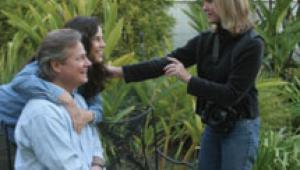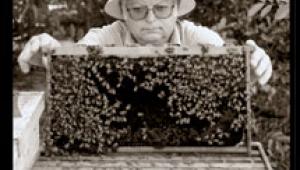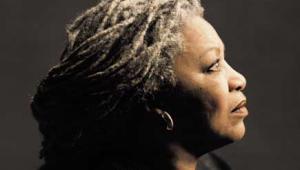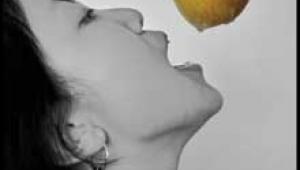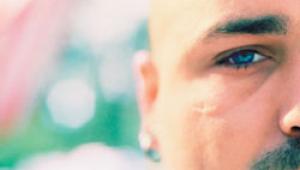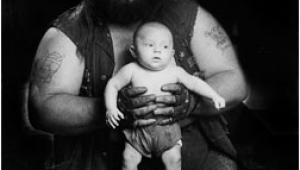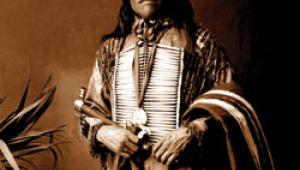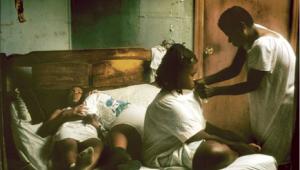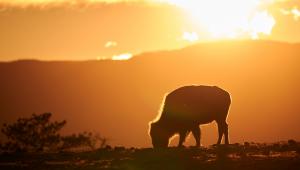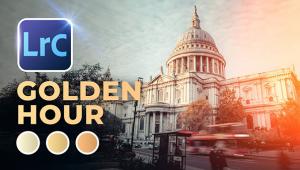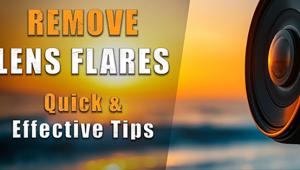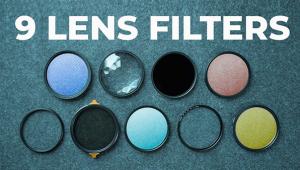Bentley: A respected photojournalist becomes an educator Page 2
After graduation, Bentley moved to San Francisco and worked at "a bigger
alternative paper," The San Francisco Bay Guardian (which is still in
existence today). Here, he says, he wore several hats--photographer and
layout/ pasteup artist. He stayed on this job for three years before traveling
to Europe to take pictures. He later moved to New York, and approached several
contacts there, such as Neil Leifer, a sports photographer with Time magazine.
Bentley says he assisted Leifer, carried his gear, "and it got me in the
door."
Soon he began doing some photo assignments for Time, where he became a contract
photographer and Special Correspondent for about 18 years--"until
the year 2000, when AOL stepped in." For the past two years, Bentley has
been an assignment photographer for Newsweek, and continues this work, as well
as video and editing jobs, during term breaks from Brooks Institute.
 |
|
|
History As It Unfolds
Looking back over the years, what have his favorite projects been? He replies
that, first of all, "I've enjoyed being a part of history."
As an "amateur historian," he's grateful for the opportunity
to capture events with his camera. In addition to covering political stories
on domestic turf, Bentley says he's made eight trips to Fidel Castro's
Cuba in the past few years, and fourteen trips to Haiti to photograph the political
turmoil there. He's worked in China, Japan, Vietnam, Thailand, Hong Kong
and most of Europe.
 |
|
|
Bentley has also photographed every U.S. presidential campaign since 1980.
Perhaps one of the most challenging of these was Bentley's 10-month assignment
to document Bill Clinton's 1992 presidential campaign. "It was like
the campaign to end all campaigns," he recalls. "I think I got about
eight hours of sleep all year!" Later, Bentley's revealing images
of Clinton and the spirit of this campaign appeared in the best-selling book,
Clinton: Portrait of Victory.
Early in 1995, Bentley also covered Newt Gingrich's first 100 days in
office for Time. His book, based on that coverage, is called Newt: Inside the
Revolution. (He met his wife, publicist Cathy Saypol, on Gingrich's book
tour about eight years ago.)
President Bush's State of the Union Address coincidentally took place
the day of my interview with Bentley, and during our conversation, he got a
call from Senate Democratic Leader Tom Daschle's press office. Bentley
acknowledged that it was the first year in a very long time when he wouldn't
be present for this important event. Instead, he said, he'd watch it on
TV just like everybody else--("that's kind of strange").
To the press secretary, he said jokingly, "Just tell the President I got
a real job."
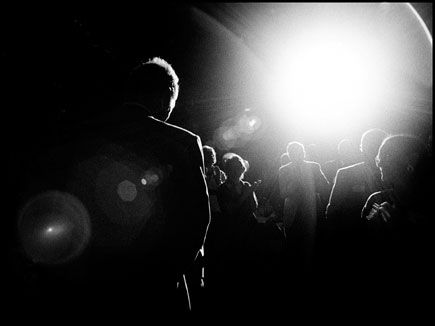 |
|
|
Simple, Yet Effective
Bentley says he likes to keep his photo equipment simple. He uses a Canon EOS
D60 with 24mm f/1.4, 100mm f/2, 300mm f/4 Image-Stabilizing, 16--35mm f/2.8,
and 70--210mm f/2.8 lenses. He also has a Canon 1.4X tele-extender and
carries the small, unobtrusive 220EX flash ("just in case"). He
adds, "I usually end up taking two camera bodies and two lenses on the
job--`less gear, more pictures' is my motto."
His video gear includes a Canon GL2 digital video camera with pro audio equipment.
He filmed Ted Koppel for ABC's "Nightline" with the GL2. (To
show how quickly technology has changed, Bentley said he used Hi-8 video equipment
when he first worked with Koppel.) His editing is done on Final Cut Pro, and
he uses an Apple G4 Powerbook.
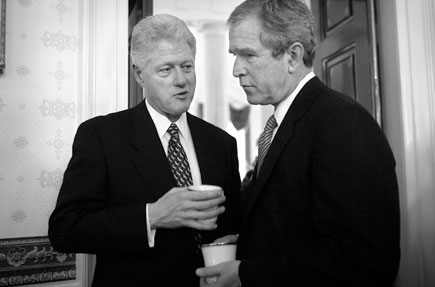 |
|
|
Bentley rarely works in color. "I've been able to work in black-and-white
and get it published. In this world of color, it's hard to do, but I think
I've been able to open doors for others in black-and-white." In
a sense, he says, he feels he's brought back "what's real."
He was influenced early on by Jacques Lowe's personal images of JFK. "I've
always enjoyed his work. I had the opportunity to do this type of thing on the
first Clinton campaign, and people initially thought it was crazy that the campaign
would allow a member of the press to travel in the inner circle."
As for future plans, Bentley says, "I'm going to continue to teach,
to be part of the industry, and to enjoy life. All in all, I hope I can make
a difference in the new crop of photo- and videojournalists coming out of Brooks."
He says he also likes Ventura for its beach-town culture, which is what he's
accustomed to in Hawaii.
 |
|
|
"I think I've been able to hone in on what's important,"
he says of his ability to capture special moments. In recalling his experiences
over the past 30 years he concludes, "It's been a great life. I'm
extremely fortunate that the camera has been my passport to it all."
To see more of PF Bentley's work, visit www.pfpix.com
or www.hulaboyproductions.com.
For more information about the Brooks Institute of Photography's Visual
Journalism program, go to www.brooks.edu,
or call 888/304-3456.
- Log in or register to post comments
